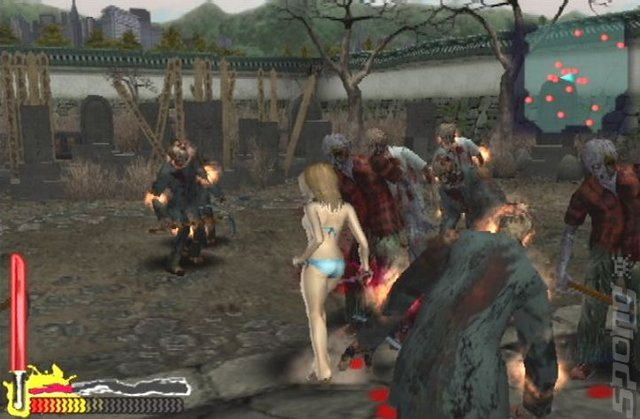


It was so corny and bad, that there were times when you sit there curling your toes in disbelief.
ZOMBIE HUNTERS 2 MOVIE
The dialog in the movie was just horrible. A lone stranger ends up with a small group of survivors in the midst of a zombie apocalypse. The storyline was fairly straight forward, and anyone who have seen just a single zombie movie should be familiar with the essentials of the storyline here as well. It may be possible to mimic them, but don't try to outrun the CDHD-2 types.This movie was like watching a bad movie spawned from the "Borderlands" games mixed with elements blatantly stolen from the "Resident Evil" universe. Don't try to reason with them-it is useless. Because zombies have poor concentration, you can avoid them by being quiet or distracting them. The scientists go on to warn that because they can't feel pain, it does not good to fight a zombie unless you can quickly kill it. Lesions to the temporal lobe would partly cause zombies to act like they do in films.

The brains of both types of zombies would change in different regions, from a combination of decreased activity and altered activity in multiple brain networks.
ZOMBIE HUNTERS 2 TV
The longer the brain is starved of oxygen, the more extensive the damage to zombies, the neuroscientists say.ĬDHD-1 zombies can be seen in the TV series, The Walking Dead, while the zombies in Waord War Z are faster and typical of CDHD-2. In zombie films, they resume at the point of infection - in a limited form - and the brain gets its nutrients by zombies feasting on human flesh. This may be because at the moment of death, our circulatory systems stop, starving the brain of oxygen and glucose. The neuroscientists have come up with two subtypes of the syndrome – CDHD-1, which affects ‘slow’ zombies with uncoordinated movements and CDHD-2, which is typical of ‘fast’ zombies that have no problem chasing humans in films. Undead individuals would also exhibit antisocial behaviour, such as biting and eating people, but they would be friendly to each other and swarm with other infected individuals, according to the scientists’ book, ‘Do zombies dream of undead sheep?’. ‘Zombies often have difficulty recognising familiar people and suffer chronic insomnia that results in a delirious state,’ they write. In films, the undead display symptoms such as lethargic movement, loss of pleasure, language dysfunction, amnesia and the inability to suppress hunger and aggression. They have dubbed the condition 'Conscious Deficit Hypoactivity Disorder', or CDHD, which they describe as an acquired syndrome in which infected people lack control over their actions. Zombie fanatics Timothy Verstynen, an assistant professor in the department of psychology at Carnegie Mellon University in in Pittsburgh, Pennsylvania, and Bradley Voytek, assistant professor of cognitive science and neuroscience at the University of California, San Diego, summarised characteristic zombie behaviour seen in films, which can be explained by looking at the structure of the brain.


 0 kommentar(er)
0 kommentar(er)
